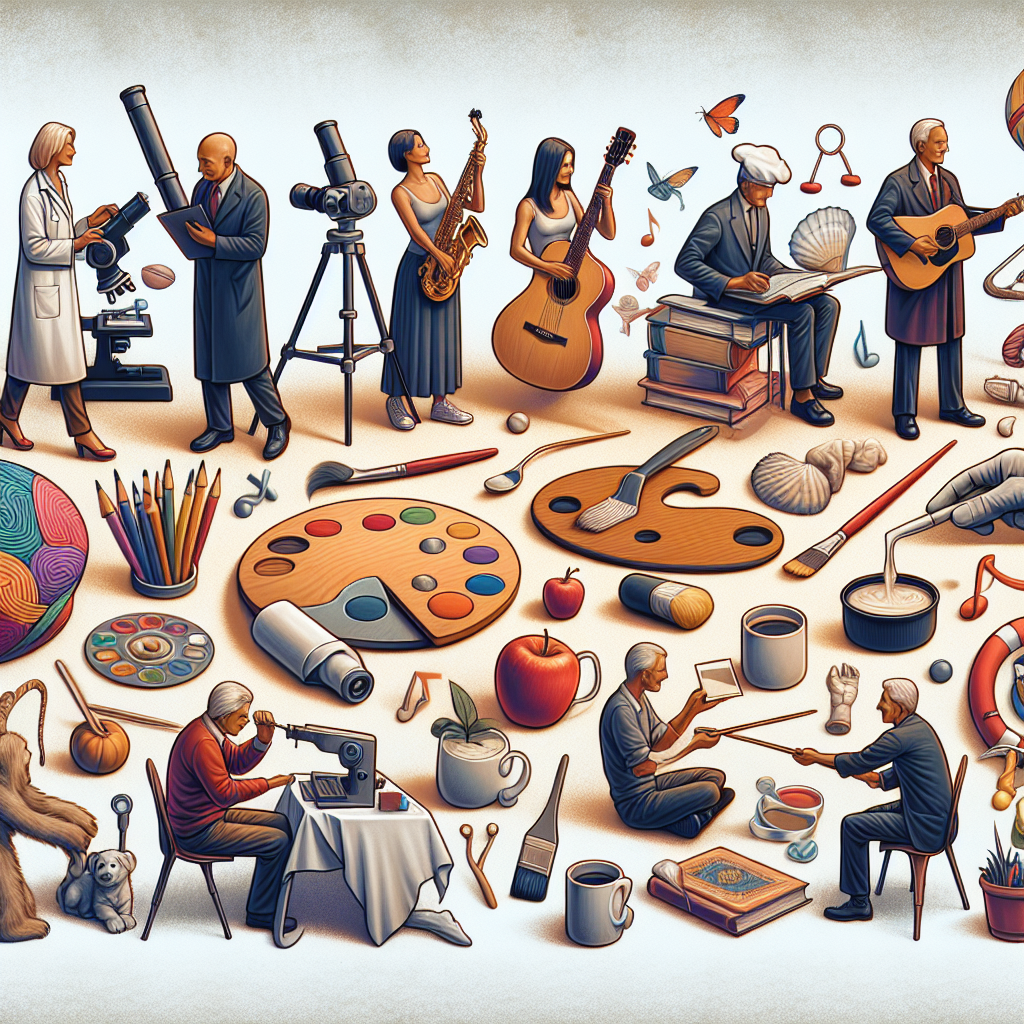Entering a new professional chapter in your 40s can feel both exciting and uncertain. 10 Things You Didn’t Know About Best New Careers At 40 offers a compact tour of surprising trends, realistic expectations, and practical ideas to help midlife job changers identify fulfilling, viable paths. Whether you’re seeking more flexibility, better pay, or a purpose-driven role, the realities below may challenge common assumptions and open new doors.
Best new careers for those in their 40s: surprising insights
Many people assume career pivots at 40 are risky or require starting from scratch. In fact, transferable skills, networks, and focused training often make transitions faster and more strategic than younger entrants expect. Employers increasingly value maturity, problem-solving, and leadership that come with experience. Below are lesser-known facts about midlife career shifts that can reshape your planning.
What employers value most — and what you can reuse
Soft skills like communication, adaptability, mentoring, and project management frequently outrank technical skills for senior and hybrid roles. You can repurpose experience from one sector into another by reframing accomplishments: emphasize outcomes, measurable improvements, budget responsibility, and teams led. Short, targeted certifications or bootcamps can fill technical gaps without a multi-year degree.
Ten unexpected realities of midlife job changes
- Many in-demand roles reward experience more than formal education.
- Contract and freelance work can serve as low-risk stepping stones to full-time roles.
- Reskilling programs and microcredentials are increasingly employer-recognized.
- Networking—both online and local—remains the most effective job-finding method.
- Wages can rise after a pivot if you move into a higher-demand field.
Fields where midlife changers often thrive
Some industries are particularly receptive to hires in their 40s: healthcare support and administration, project and operations management, education and training, technology roles that leverage domain expertise, and professional consulting. Each of these areas values domain knowledge, the ability to mentor, and the credibility that comes with accumulated work history.
For readers seeking gender-specific guidance or inspiration later in life, resources exist that focus on starting anew at 50 and beyond. For example, you might explore starting fresh: new career paths for women at 50 for strategies tailored to later-stage transitions.
How to plan a realistic midlife pivot
Start with a skills inventory: list what you enjoy, where you’ve added measurable value, and which tasks energize you. Research job postings to identify common qualification gaps, then pursue targeted training—often available online or through community colleges. Create a transition timeline with milestones: financial runway, networking goals, and upskilling checkpoints. Consider part-time freelancing or volunteering in the new field to gain experience with lower personal risk.
Practical steps to get started
- Map transferable skills and craft role-specific résumés.
- Pursue microcredentials or short courses aligned to your target role.
- Test the new field through gigs, consulting, or volunteer projects.
Evidence and credible context
Data about career change dynamics and labor-market trends can help you make informed choices. For a clear overview of career change concepts and common pathways, see this concise summary on career transitions: career change overview on Wikipedia. Use such resources as starting points for deeper research into specific industries or certifications.
Short bulleted considerations before you leap
- Financial buffer: aim for 3–6 months of expenses before a major change.
- Skill gap plan: identify 1–3 key skills to build first.
- Network-first approach: reach out to contacts and informationally interview people in target roles.
FAQ
Q: Is it realistic to switch careers at 40 and still reach senior roles?
A: Yes. Many professionals pivot at 40 and leverage prior experience to accelerate into leadership or specialist roles; combining domain knowledge with targeted training often shortens the path.
Q: How long does a typical midlife career transition take?
A: Timelines vary, but with focused learning and networking, many people move into entry-level roles in a new field within 6–18 months. The pace depends on time commitment, industry requirements, and willingness to take interim steps like contract work.
Q: What’s the best first step?
A: Conduct a skills inventory and speak to at least three people currently working in your target role. Informational interviews give real-world clarity and can reveal short courses or certifications that make the biggest difference.



